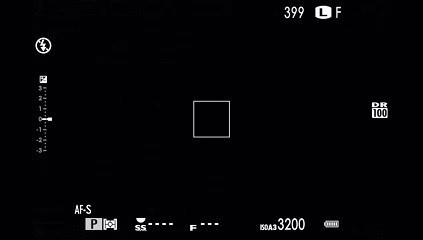
Within the differences between both, the later has contact in a sense that players are on the same space and their distance to each other is a strong game element, one is constantly considering that, it is active, while the prime is more passive and has its main attention on the distance between player and ball should it be heading your way. Score starts at 100 and whoever reaches 0 looses. Whoever first press attack button, will have the ball blink in front of him and if while that it touches the other player, he will lose a score point. We rotate the middle line to make it the ground, each paddle on each side can move sideways instead, and are restricted by the screen border or the other paddle. So how would that mutate into a crude fight game? Each player has a 1 axis control, or say, in d-pad world, two buttons, up and down. Your score adds if the opponent can´t deflect the ball, say, whoever scores 10 wins. The ball starts at the middle and takes a random diagonal direction to boot, it bounces on top and lower parts of the screen, the players are also limited by those bounds. Towards that idea, I think it connects well with Pong (1972).Īs a kind of combat game, pong sports 2 players each controlling its own pad up and down and they have to bounce back a ball. Now, this type of game, fundaments or core gameplay, could maybe be reduced and simplified. There are a lot of other games between these two points in time that I hope to reference, I´d say the most important being Karateka. Then, if I think the earliest fight games I ever played, say, point zero for me on the timeline, it would be Yie Ar Kung-Fu (1985), Kung Fu Master (1984), Knucle Joe (1985) and Karate Champ (1984). Let´s just keep their fundaments in mind. I guess to the point of sub genres, like Brawler or Beat ´em up, etc. One can clearly see a lot of differences/similarities between them in many aspects. Here are Final Fight (1989) and Street Fighter 2 (1991) arcades. If we think of a reference timeline on this genre for my game, I´d put it on the top, most recent ones. Yep it might be something on those lines but I´d say those games are a bit too complex for what I intend at first. The very first thing that might pop into mind is the likes of Street Fighter 2 or Final Fight. So I will have to warm up.Ī funny thing is that nowadays modern BASICs are super fast but it still carries that stigma on people´s mind.Įven after the 90s were AMOS, STOS, BLITZ BASIC were already spot on.īut let´s get to the game itself. One other point, is that I haven´t tried coding for the COCO for quite some decades but a little bit last year just to get this more modern developing system running and giving a go on an adventure game. Anyways, BASIC is what I currently 'know' and I will have to resort to that so the project doesn´t take ages to be complete
#Gifcapture program professional#
That kind of held a bit of truth back them though I nowadays get professional people hinting otherwise, yeah, BASIC can be made faster and ASM is not difficult to learn. The first being easier and slower in comparison to the second.

In ancient times, there were BASIC and ASM as common coding languages. Now some of you are probably still giggling about this thread´s so far info and most likely because of the words "action" and "BASIC" being put together. Here is both running and a few test programs I did on the ATOM´s tabs:
#Gifcapture program how to#
So now I know how to use ATOM editor with a BASIC extension to produce code and send it to the emulator. Allen Huffman´s articles about this subject fit in perfectly: This would be pretty cool to undertake in an oldschool fashionīut I will look into it on a more modern way.

Now, from this point on, one can already do all the needed game coding since these computers were embedded with a BASIC and all needed stuff for editing a code list. There is a bunch of them out there including online versions but for my case, XROAR will do. First, I don´t own a COCO anymore, so I will have to rely development on emulators.

Yes it was were I found out how to do computer games, mostly with the help of books and magazines.Īfter finishing The Outhouse game, which mimics the COCO´s semigraphics mode, I thought why not give a try on doing a game for the real deal? If you have seen my other devlogs, you probably noticed I pull a lot inspiration from that primeval computer.


 0 kommentar(er)
0 kommentar(er)
